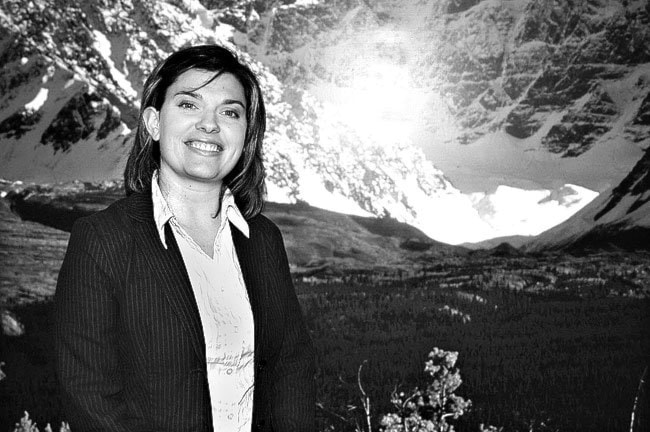In May 1898, the White Pass &Yukon; Route railway’s official photographer Harrie C. Barley narrowly escaped death by just a few inches.
His camera was set up on a pile of rock near the other end of a tunnel, just above White Pass City.
He had his head tucked under the black camera cloth to adjust the focus when, like a bolt of lightning, a rock which had been started by some workmen further up the hill, struck the camera.
Barley just missed disaster.
“Mr. Barley, as soon as he recovered his self-possession, started for his camera, which had been knocked about twenty-five feet down the hill,” reported a local newspaper on May 13, 1899.
“The camera was uninjured but it had a narrow escape. Mr. Barley was busy yesterday contemplating where he would have been had the rock struck him.”
Barley was hired as company photographer for the White Pass & Yukon Route Railway in the spring of 1898.
The British financiers behind the railway wanted some assurance that the construction was done properly, and so they hired Barley to provide them photographic evidence.
“American construction was generally supposed to be cheap and flimsy in its nature…,” according to a memoir, On the White Pass Pay Roll by S.H. Graves.
“In view of these facts it was important to secure good photographs of the work and country, and for that purpose we engaged a special photographer who was very daring and successful.”
Daring was an apt way to describe Barley, who risked life and limb to capture the best photograph while on the job in the Yukon and Alaska.
His first brush with disaster came soon after he arrived, in July 1898.
While attempting to photograph a blast, Barley was struck with a piece of rock.
“He tried to catch a big blast and he caught it alright - on the leg,” wrote Graves.
“When he was picked up he was conscious but speechless, and pointed in disgust to where the legs of his camera were sticking out from under the boulder.”
After that first accident he developed and printed his negatives at hospital camp 3.
And, according Graves, three days earlier he almost broke his neck trying to climb a precipice with his camera. “The man with him had turned back, saying he was not used to such ‘high life’.”
“You will see that if he lives a few weeks longer you will be likely to get some ‘risky’ pictures.”
Then in September 1898, after photographing a ceremony on Summit Lake, Barley was returning home late when he fell into a pile of rocks.
“Inasmuch as the photographer is not provided with wings when he stepped off the precipice he fell down on to the rocks beneath and landed on his collar button,” according to a lighthearted report in a local newspaper.
“He was quite badly bruised but not sufficient to render him speechless and for a few minutes his language was not fit for publication.
“Mr. Barley has a black eye and various other bruises but he is happy for he did not spoil his negatives.”
Despite his dangerous escapades photographing in the Yukon and Alaska, Barley survived to leave the North and died at his home in San Francisco on November 22, 1909.
This column is provided by the MacBride Museum of Yukon History. Each week it will explore a different morsel of Yukon’s modern history. For more information, or to comment on anything in this column e-mail lchalykoff@macbridemuseum.com.
